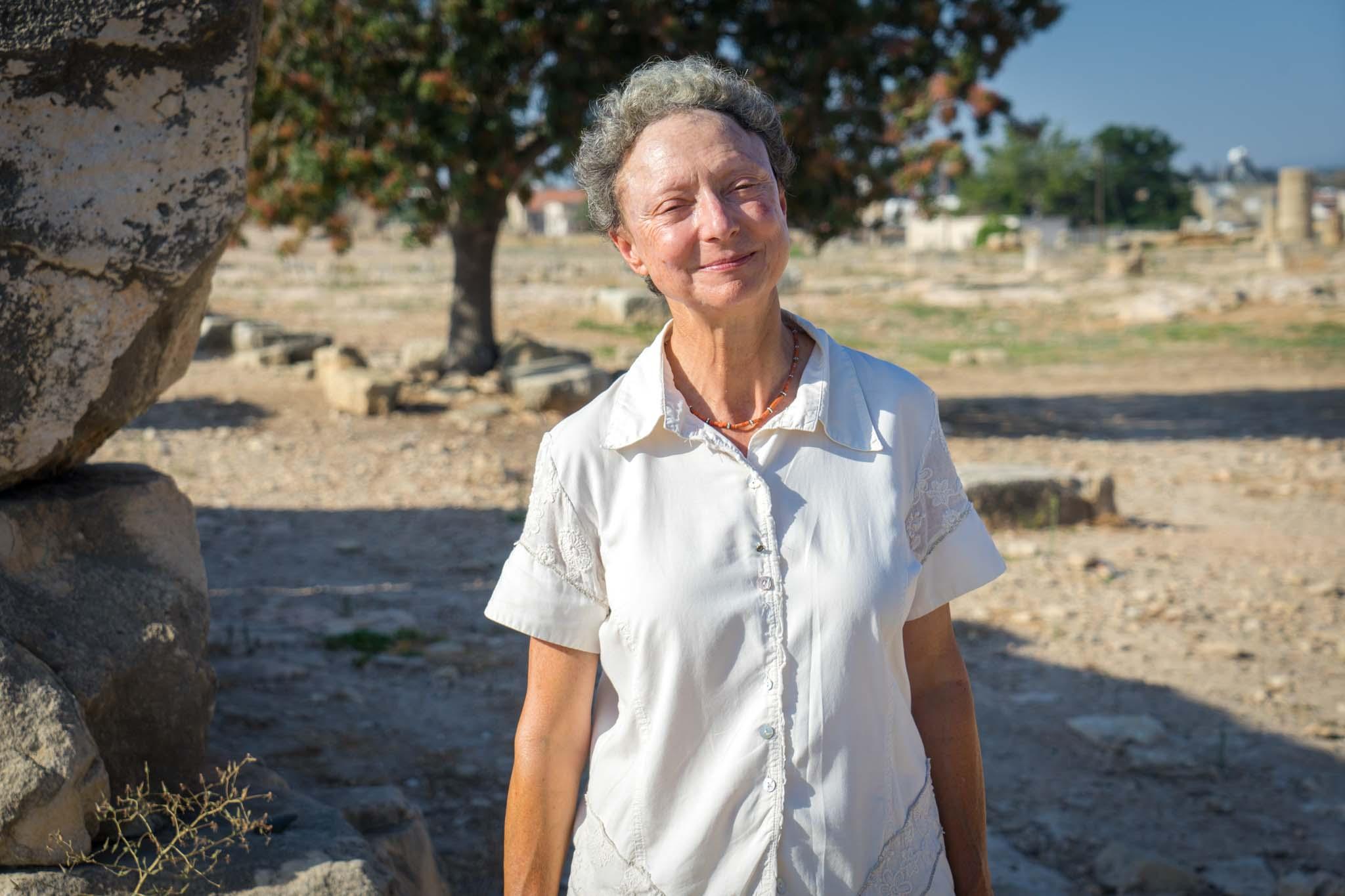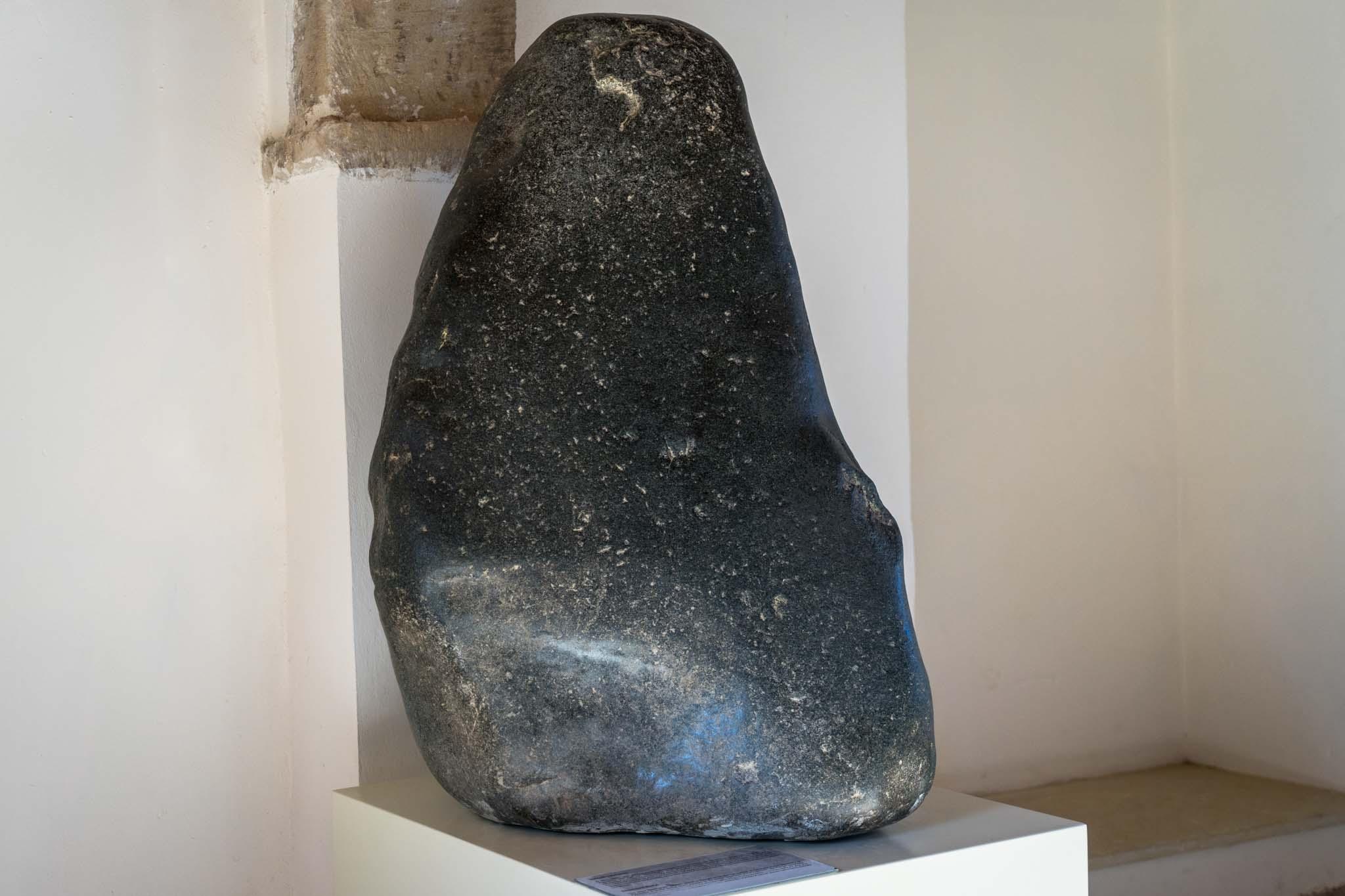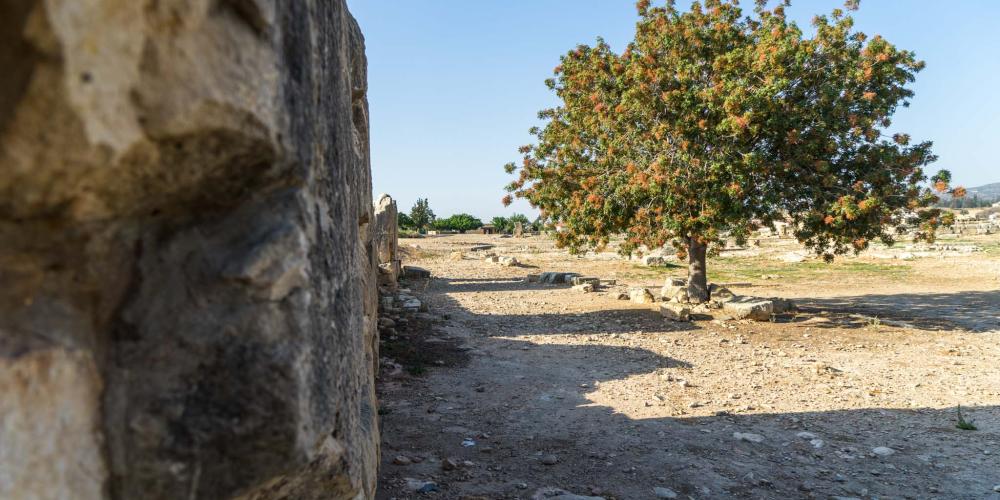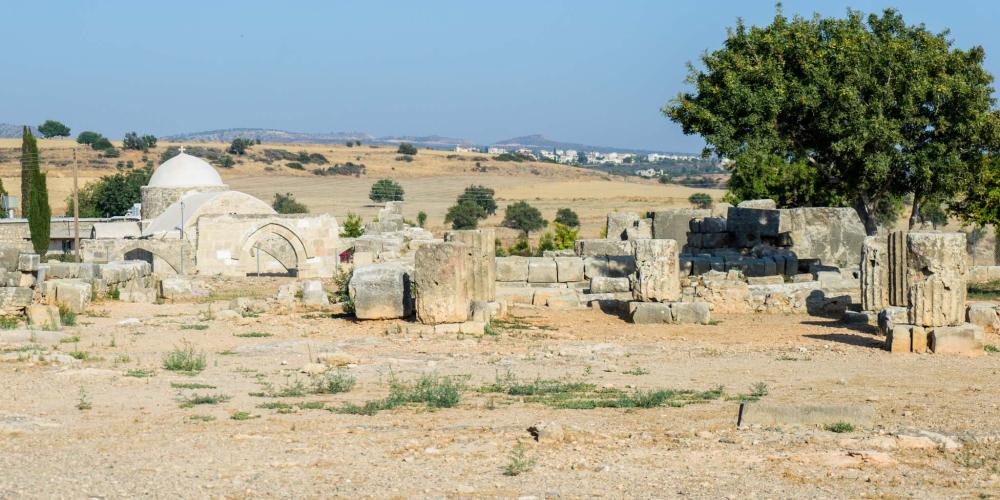The Sanctuary of Aphrodite

“The Sanctuary of Aphrodite would certainly have been very close to the original port authority of the harbour of ancient Pafos", she says. "Somewhere here, now on dry land, would have been the lagoon of the original harbour.”

To understand Aphrodite, the Goddess of Love, it’s necessary to cast your imagination back to a time when her name had not yet been spoken. Now we think of Aphrodite as a beautiful woman emerging from the sea, captured in marble statues or Renaissance paintings. But Professor Iacovou, who has devoted her life to studying this archaeological site here in Pafos, says this sanctuary was initially dedicated to someone else.
“We have very little idea of what was going on here but Homer knew very well of this site,” she says.“It was so famous by his time that both in the Iliad and the Odyssey he refers to the ‘Queen of Cyprus’ or the ‘Goddess of Cyprus’.”
This island goddess most likely evolved into Venus at some point during the early Roman era. Originally the deity would have been about protecting Cyprus… the love and beauty came later.
To get an idea of how the Goddess of Cyprus was originally represented, Professor Iacovou suggests tourists to visit the museum at the Sanctuary of Aphrodite to see a large black basalt stone on display.
“They should certainly go into the museum and see the cult statue, the black rock. And we know for certain that it’s a cult statue because it is repeatedly described in the literary sources of Antiquity and it’s even portrayed on the Roman coins of Cyprus.”

Around the edges of the archaeological site, not far from the ancient megalithic temple that once made up the core of the sanctuary, more ruins are visible. These are actually from the Roman period and were constructed for the huge crowds of people who would come here to worship Aphrodite as she became known around the world.
“When Palaipafos was no longer a city state, it became a sacred city,” Professor Iacovou says. “It was a city that was receiving pilgrims from the rest of the Mediterranean, especially during the Roman era. And at that time, everything around the sanctuary was to the services of the pilgrims.”
These days there’s a new group of pilgrims coming to this special site – visitors like you. There’s no longer a need at the sanctuary for the kind of services the Romans wanted 2000 years ago. But it’s still a spiritual place and that link with the past goes back further than any of us truly knows about – just as Professor Maria Iacovou realises as she continues her research work here.
Visit the Sanctuary of Aphrodite
The Sanctuary of Aphrodite is located at Kouklia village, 14 km east of Pafos, off the Lemesos (Limassol) - Pafos road.
Hours of Operation:
Low season (16/9 - 15/4 ):
Monday - Sunday: 8:30 - 17:00
High season (16/4 - 15/9):
Monday - Sunday: 8:30 - 19:30 (last ticket issued at 19.00)
Pricing:
€ 4,50 (the price includes entry to the of Palaipafos archaeological site-Kouklia)


